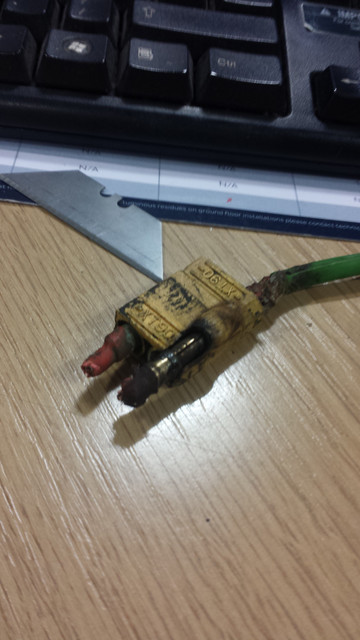My new build has been running smoothly for about 3 months now, but on the way into work today the bike intermittently lost power, the voltage indicator showing a temporary (2 second) drop in voltage.
I made it into work and had a quick look around the bike and it appears the problem is from a dodgy connection - my layout is as below:
BATTERY---BREAKER---SHUNT---CONTROLLER
There is an XT90 connector between the breaker and the shunt, the positive bullet within the connector has actually melted the yellow plastic and separated from it (the yellow has turned black!). The negative is completely fine.
Is this just down to a poor connection/solder do you think?
Thanks
Jon
I made it into work and had a quick look around the bike and it appears the problem is from a dodgy connection - my layout is as below:
BATTERY---BREAKER---SHUNT---CONTROLLER
There is an XT90 connector between the breaker and the shunt, the positive bullet within the connector has actually melted the yellow plastic and separated from it (the yellow has turned black!). The negative is completely fine.
Is this just down to a poor connection/solder do you think?
Thanks
Jon


